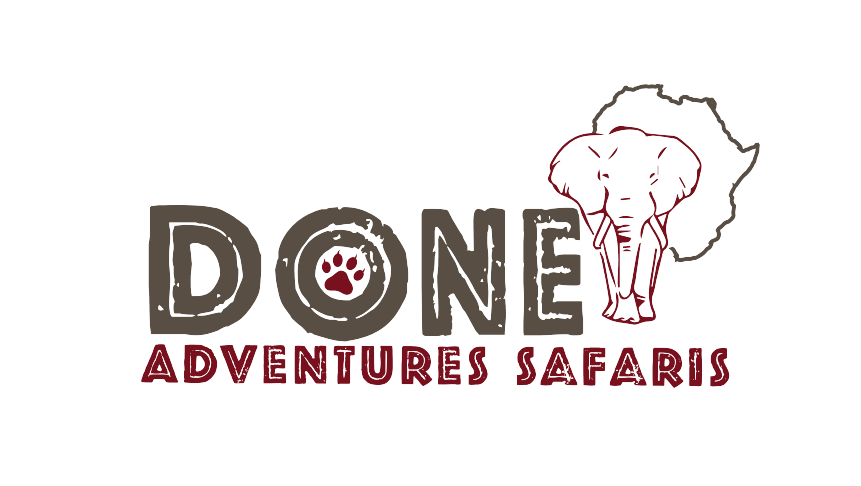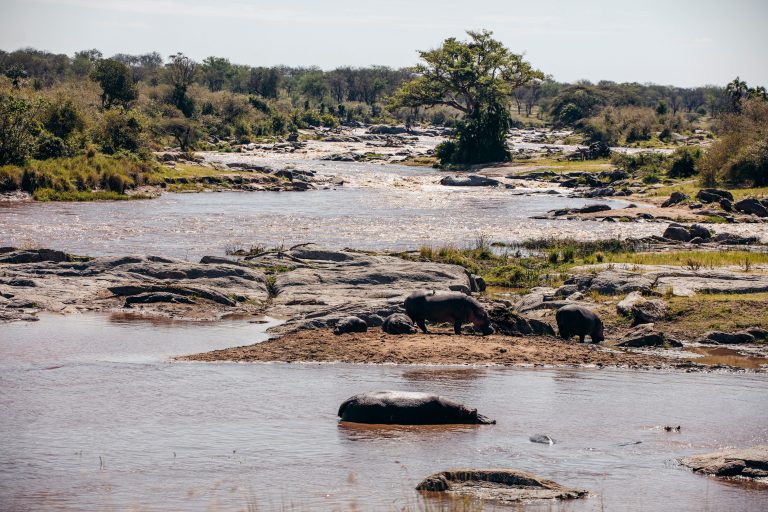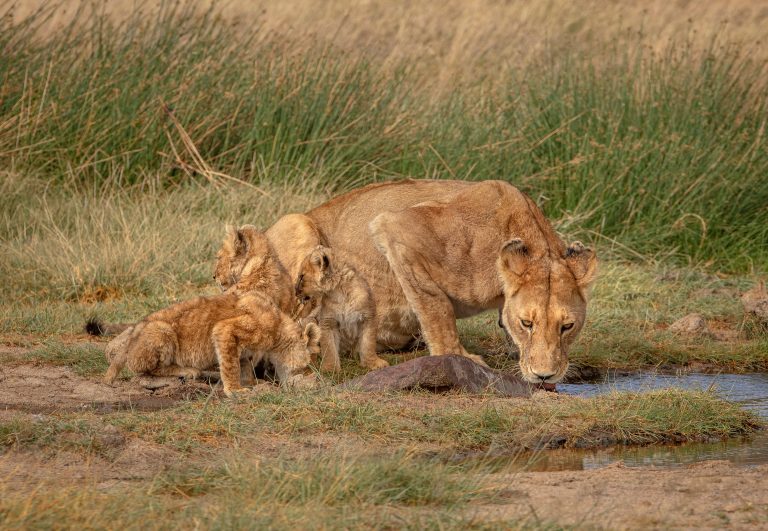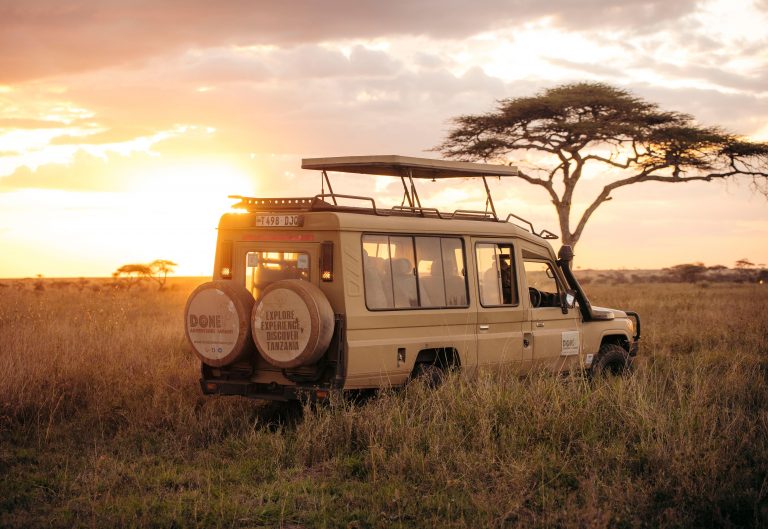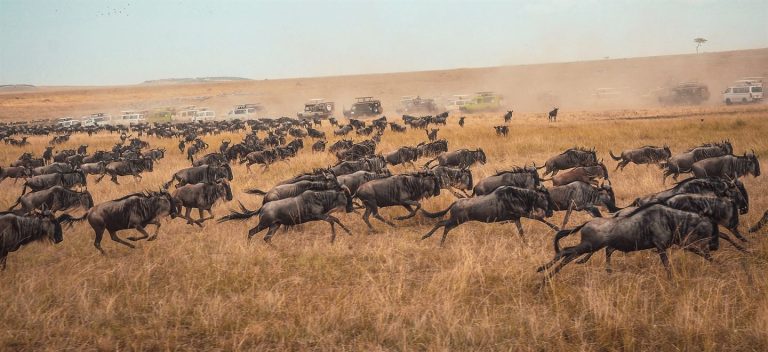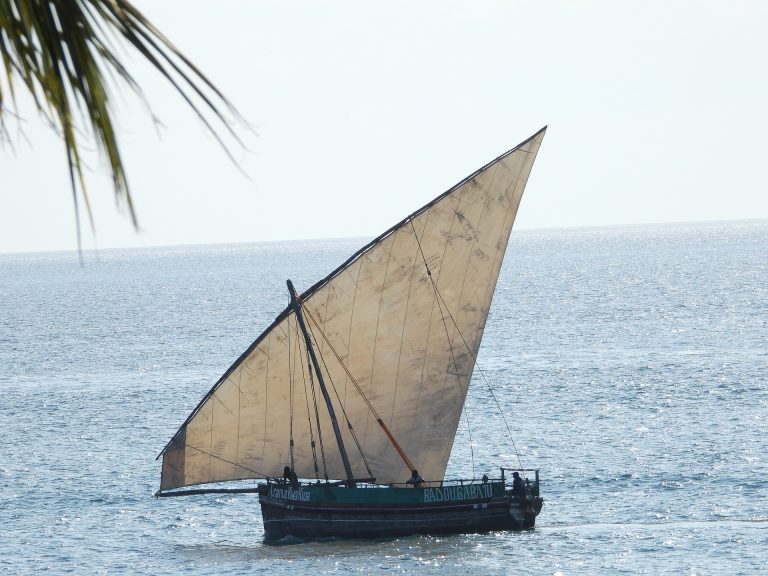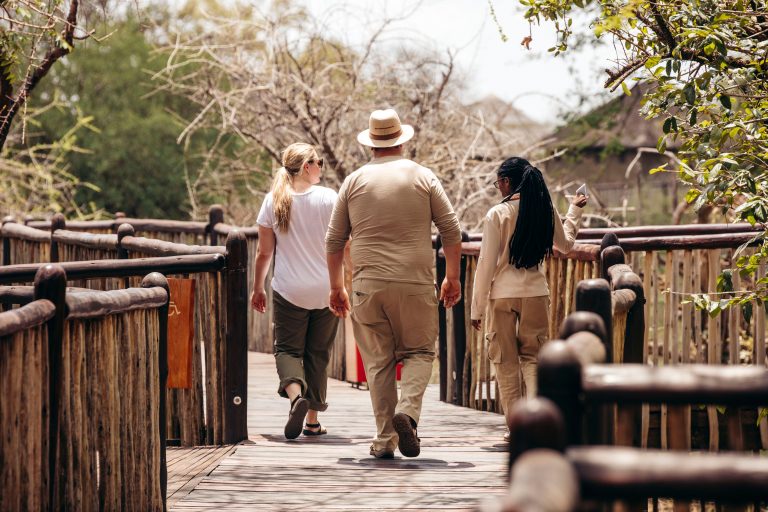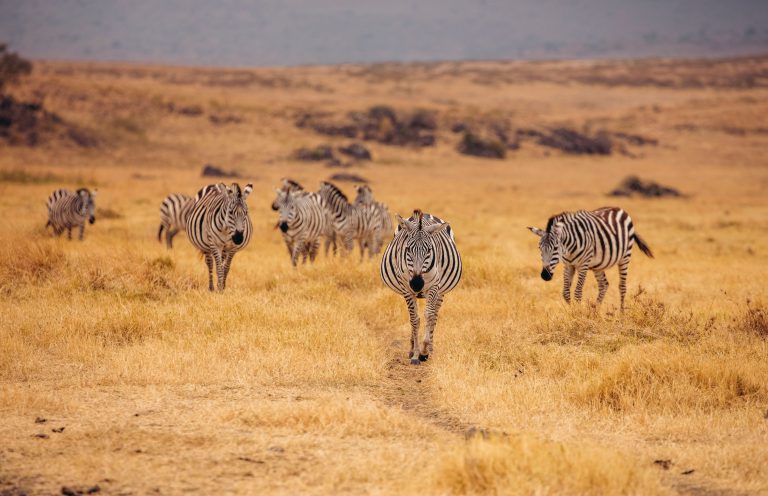The Great Serengeti wildebeest Migration
The annual Wildebeest Migration of around 1.5 million wildebeests, zebras and antelopes is visible from space as one of the Seven Natural Wonders of Africa.
We’ve followed the great herds on their brutal journey north many times. It’s incredible to think that some 250,000 animals are lost to predators, river crossings and fatigue during the migration every year. I also caught the wildebeest on their return to breeding grounds when half a million calves restart this circle of life in the south of the Serengeti National Park.
Our best insights on the Great Wildebeest Migration and everything tourists can expect on this remarkable journey.
The Great Wildebeest Migration FAQs
Wildebeest are grazers that need good quality grasses to survive and reproduce. The Serengeti is a huge area and rains fall at different times in different areas producing nutritious grasses. Serengeti Animals must follow this rainfall to find enough food to eat. So, the large herds are constantly on the move to find food and water.
The signal for herds to start their journey is the onset of rainfall which they appear to be able to sense from up to 50km away. Some research also suggests that movement may be triggered by lightning or thunder that the animals see on the horizon but this is yet to be proven.
The wildebeest migrate in a circular route. Usually, the Calving Season (February to March) in the southern parts of the Serengeti National Park counts as the starting point, and the northern parts at the Mara River and Kenya’s Masai Mara are the endpoints when the herds start to move back down to the southern plains along the eastern sections of the park.

There are a number of animals that participate in the Great Migration annually, many of which are wildebeest and buffalo herds as well as some of the notable Big 5 predators.
Predators
Predators including lions, cheetahs, leopards, wild dogs, hyenas and crocodiles pick off the old and weak animals keeping populations healthy and their numbers stable. Too many wildebeests would destroy the vegetation, leaving the young and healthy to starve.
Scavengers
Jackals, vultures and other scavengers pick at the carcasses left behind. Maggots feeding on the carcasses are also valuable food for smaller creatures like mongooses. The decomposing matter is an important source of nutrients for the grasses.
Grazing Animals
Almost 300 zebras and hundreds of gazelles travel alongside the wildebeest during the migration. These game species don’t compete for food as the zebras eat the top, tough part of the grasses, opening up the shorter grass for wildebeest to eat. They then clear the way to the young grasses which gazelles prefer. These groups of thousands of animals also leave behind droppings which fertilize the soil for the following seasons. The great wildebeest migration is the heart of the Serengeti ecosystem. Wildebeest are true grazers and prefer grassland and savannah.
Theoretically, you can see the Great Migration at any time. The Migration doesn’t really have a start or endpoint but is rather a circular motion going clockwise through Northern Tanzania and Southern Kenya throughout the year.
See more on our dynamic Tanzania Safari Map and the best times of year to visit Tanzania and Kenya.
The route follows the 5,700 sq mile Serengeti National Park (97% of the ecosystem) to the Northern boundary of the Serengeti ecosystem in Kenya’s Masai Mara (3% of the ecosystem).
The animals don’t always stick together but break up into mega-herds which take different routes to get to the Masai Mara in Kenya. Even though the direct route is 500km (300miles), each animal will journey roughly 800km (500miles) and frequently go back and forth, side to side and even remain in certain areas for days or weeks.
When can I see the Great Migration?
As the herds of animals are constantly on the move, the best time and place to view the migration depends on the season and what you want to see.
Generally speaking, the calving season in February-March and Crossings of the Mara River are fantastic times for your Serengeti safari.
Below is a month-by-month guide to where the herds will end up on their migration journey with a detailed description afterwards.
Time of year | Area | What to expect |
|---|---|---|
January | Southern Serengeti | Massive herds grazing on open plains |
February-March | Southern Serengeti | Peak calving season, baby grazing animals. Lots of predator activity |
April-May | Western and central Serengeti | Males competing over females, mating |
June | Grumeti River, central Serengeti | River crossings, crocodiles |
July-August | Grumeti reserve, Ikorongo, central Serengeti | Moving herds spread out across a wide area |
September | Mara River, northern Serengeti | Biggest River Crossing, crocodiles |
October | Western Loliondo and Lobo area of Serengeti National Park | Moving south to the Southern Serengeti |
November-December | Southern Serengeti | Short rainy season, herds arrive late November |
Conclusion
I hope this article answered all your burning FAQs about The Great Wildebeest Migration! But don’t take Our word for it – you too can follow this remarkable wildlife journey against all odds through the endless plains of the Serengeti.
